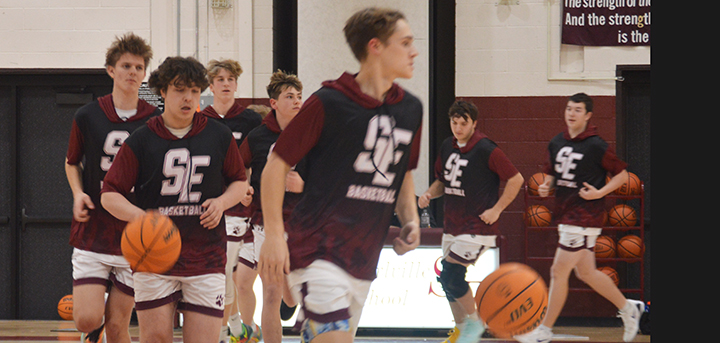Most wildlife can adapt to all but the most severe winters
If you think a winter season can be tough on people, imagine what it’s like for wildlife that’s exposed to it 24/7.Obviously over the eons the majority of species native to the northern climate regions such as ours have evolved to survive the coldest season, but occasionally a winter comes along that can severely test even the most hardy species.
While most wildlife is well equipped to handle below freezing temperatures, finding adequate food can become a far larger challenge. Since the majority of food wildlife depends on is located at or near ground level, deep snow makes finding and accessing it difficult. And if a heavy layer of crust forms on top of the snow, it makes it doubly difficult, plus wildlife must expend far more energy to find it, which is something they can ill afford to do in winter.
Our current winter season, although cooler than normal early on, hasn’t produced any major snowfall events locally, but rather small amounts almost daily of the fluffy kind that doesn’t impede wildlife from traveling or feeding. However this recent thaw and rain will no doubt cause a hard crust to form atop what snow we have, and that may spell trouble for many species of wildlife.







Comments